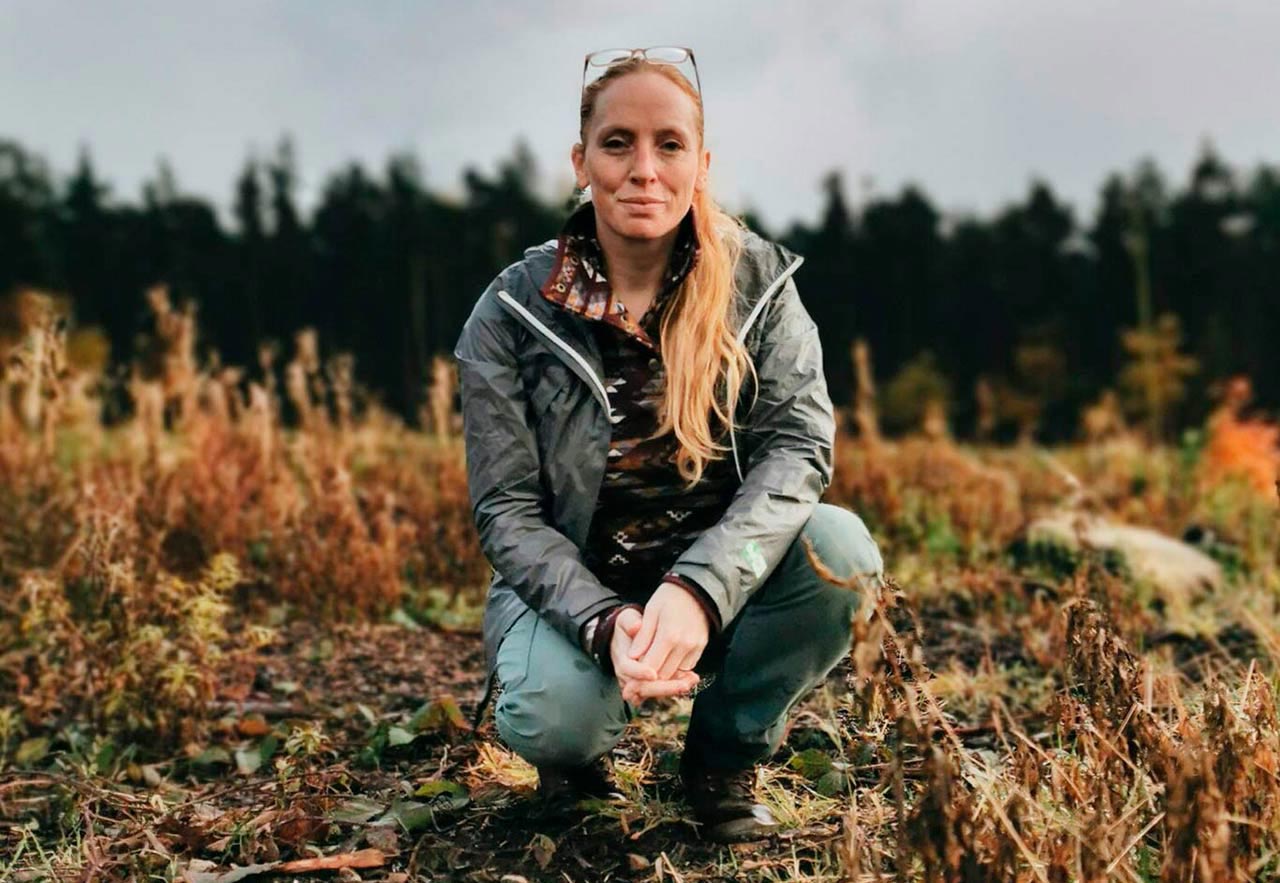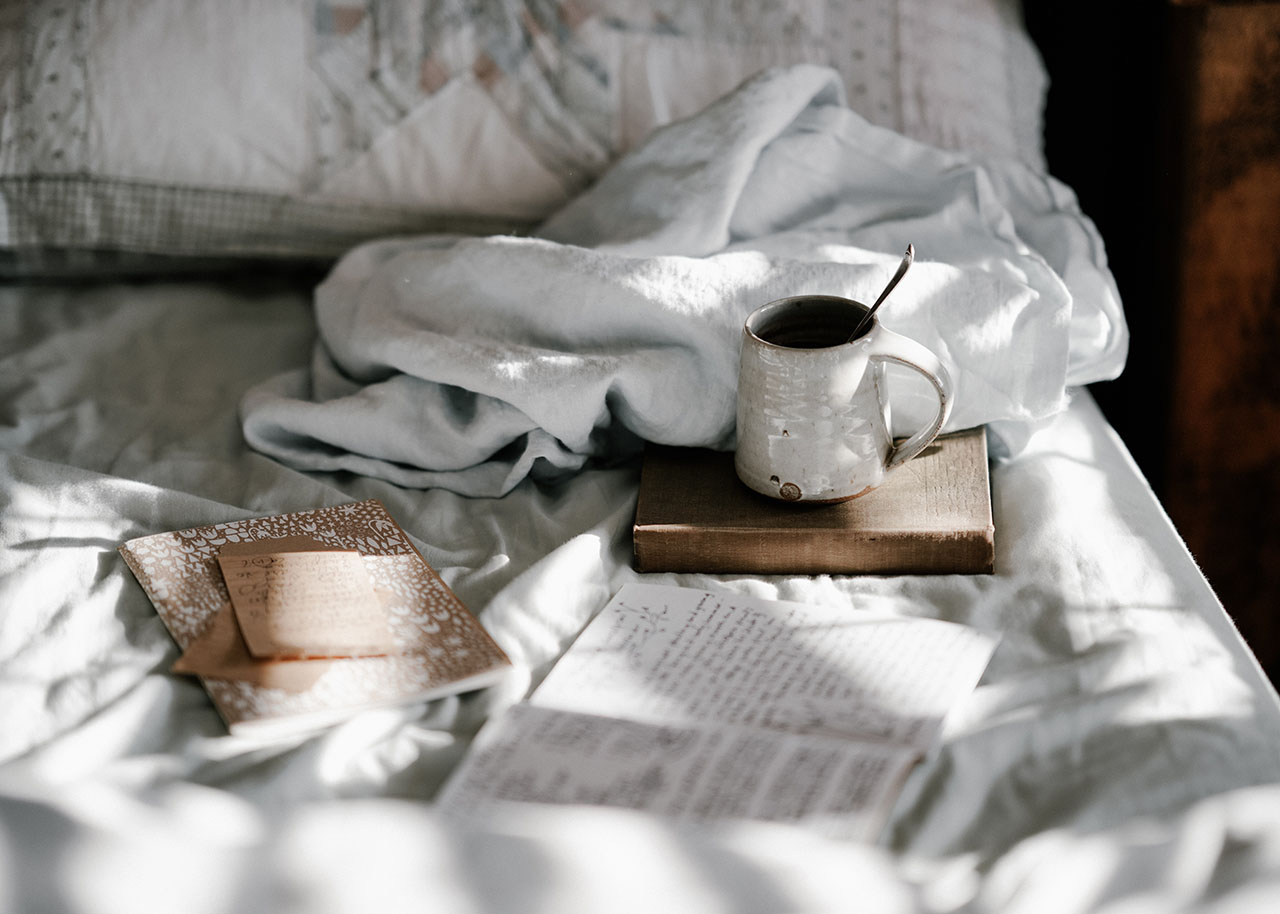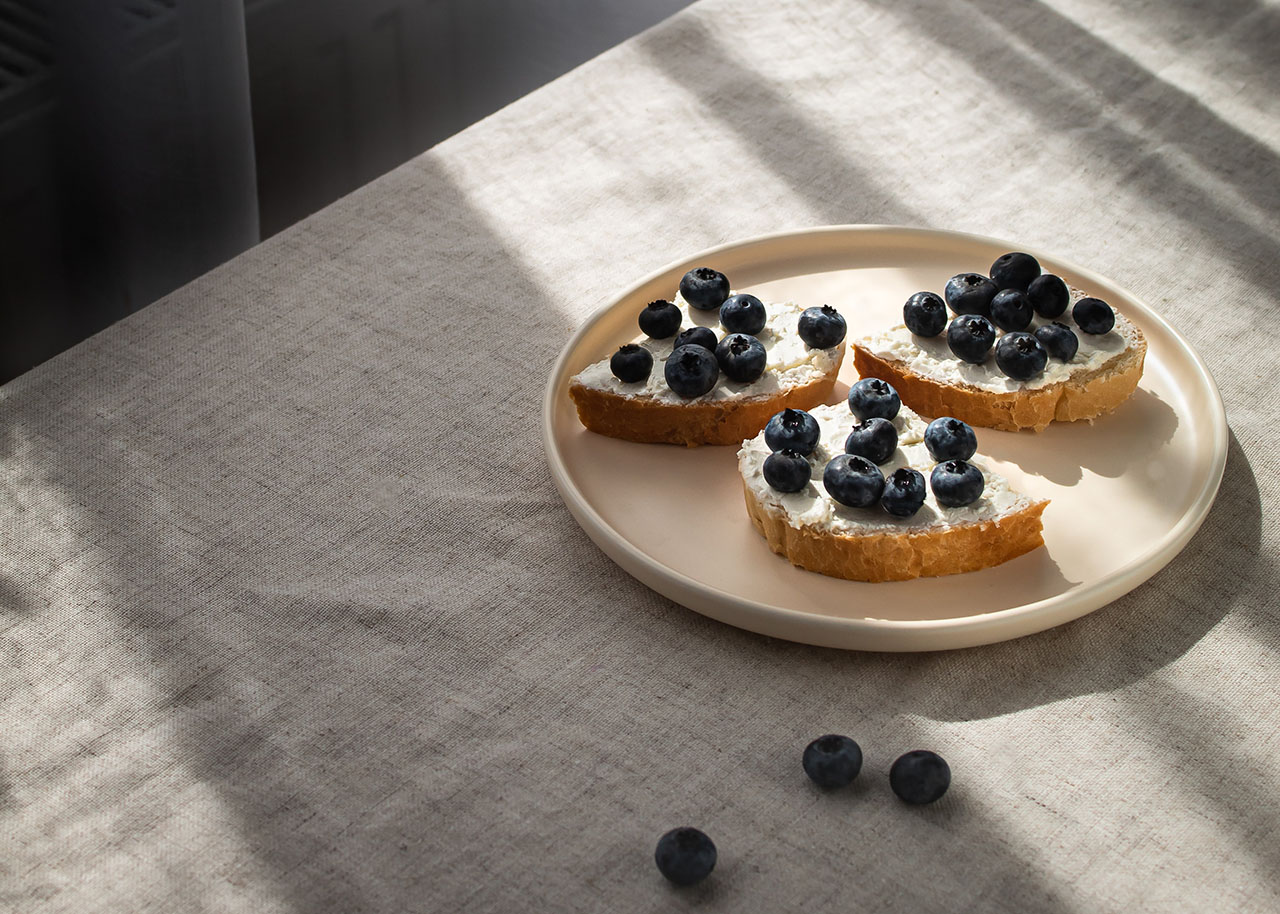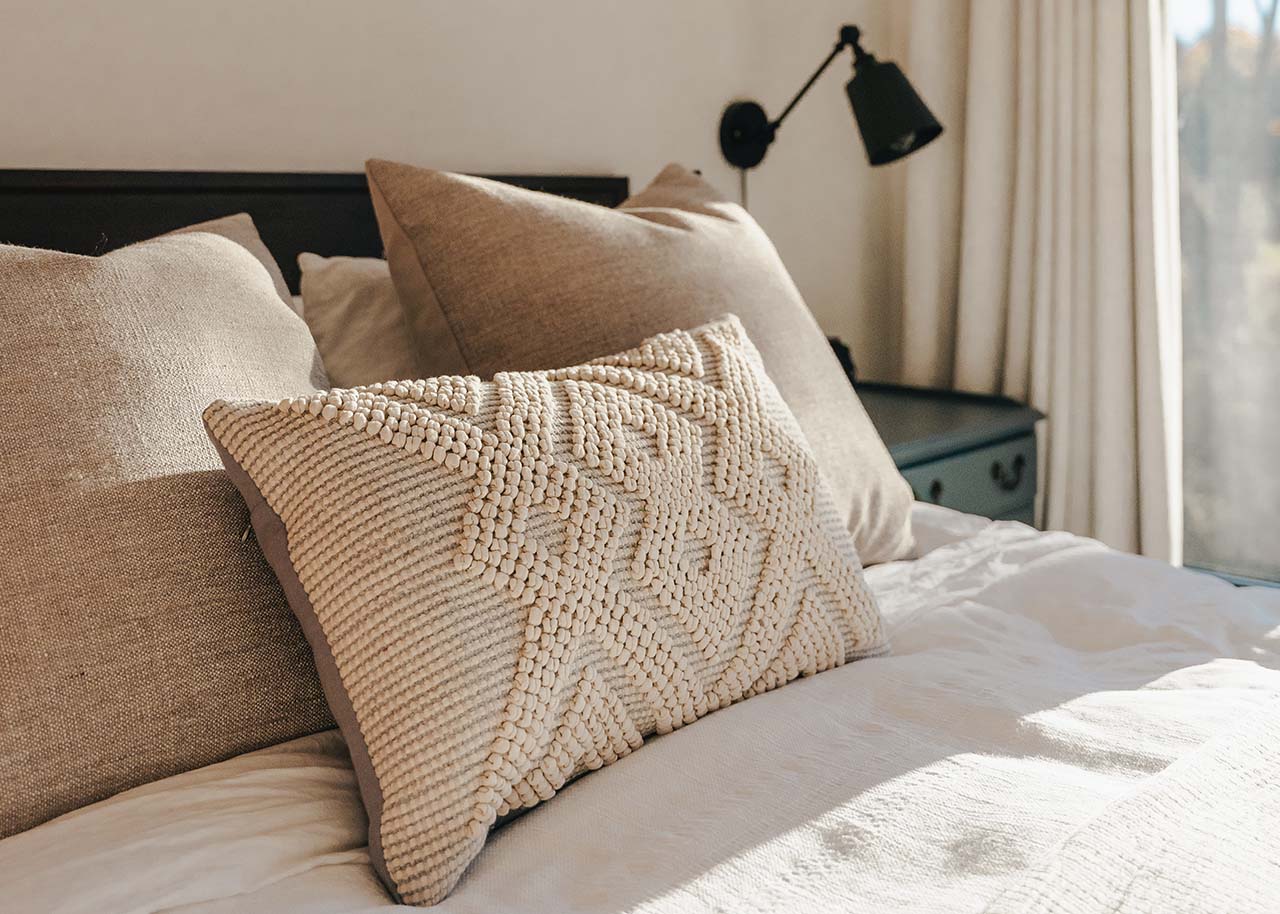‘When we take things outside we reopen that pathway for understanding and healing and all sorts can emerge physiologically, emotionally, psychologically, spiritually.’
Ruth Allen is an outdoor and online counselling psychotherapist, professional development coach, and experienced consultant, trainer and facilitator. She specialises in outdoor practice, nature connection and working with mind and body in harmony.
We loved to find out more about her work, about ecopsychology, and what drew her to it, and why the natural world is such fertile ground for metaphors for life. We also asked for some tips on how to connect more with the outside world and how to ground ourselves in the here and now.
words by Fiona Barrows and Ruth Allen / images by Ruth Allen
Hello Ruth!
Perhaps we could start with you telling us a little bit about yourself ?
‘Sure, well, I’m Ruth and I live on the edge of the Peak District with my husband, cats and chickens. We moved here four years ago after a huge bereavement, ready for a change and homesick for the hills. I am a person that likes a lot of quiet, a lot of wildness and a lot of space to think, feel and just be and so I could list off a bunch of things that I do, but I suppose what does it amount to? It amounts to a life spent communing with the rest of nature. In reality, everything is part of the same song – a desire to live a natural, intentional and enriching life.’
Counselling and therapy have always traditionally been held indoors – what to you are the benefits of taking this outside?
‘I chose to work outdoors long before I knew why it would be a good idea. I wanted to spend my days immersed in something that felt supportive and nourishing for me and so once I had decided that, I set about understanding the evidence for that, and how I might be able to offer it to others. The benefits are vast and wide ranging – where to begin – but I suppose the first thing to say is that we are weakened by our separation from the rest of nature. This was the original position. So, it’s not that going outside with this work is additive, it is – as I see it – restorative. Restorative of a relationship we once had not so long ago (and some may even remember this sort of connection from their childhood). The benefits start with that. Our minds and bodies are designed to work in alignment with our environment. When we take things outside we reopen that pathway for understanding and healing and all sorts can emerge physiologically, emotionally, psychologically, spiritually.
There are many, many benefits in this sort of work but my particular interest is in the relationship we have with the rest of nature and how that can benefit both planet and human, but also how we get more into our bodies outside as a pathway to deeper living (living encompassing healing, enjoyment, fulfilment etc.).’
You say your work is underpinned by ecopsychology and other philosophical approaches – what do you mean by this, and how does it play out in your work?
‘At the heart of ecopsychology is the understanding that we are all interconnected in a broad ecology of life, and that humans are not at the centre of that web. It invites an eco-centric, rather than an ego-centric position. In practice, this might simply be taking our worries outside and working with them surrounded by other life processes. But on a deeper level, how do we establish a sense of belonging to ourselves and the rest of the living world? It is not a heavy-handed process. I would never say, ‘Get perspective’ for example, but it’s more inviting the possibility of a wider view. It’s recognising that when we connect with the rest of nature we spontaneously find understanding, solace, meaning, wisdom, a place to be. It doesn’t have to be forced.
It’s just one example, but ecopsychology also honours the transpersonal experience. That is, that the world can speak with us in its own language. That there are experiences to be had and felt that go beyond the verbal. When we go outside we also make space for this sort of encounter. I suppose these are the two primary underlying ways I see this play out in my work, but really just the act of saying ‘We are going to take our suffering outside’ is a political act against a world that wants to keep suffering private and shut away with nothing but a pack of pills.’
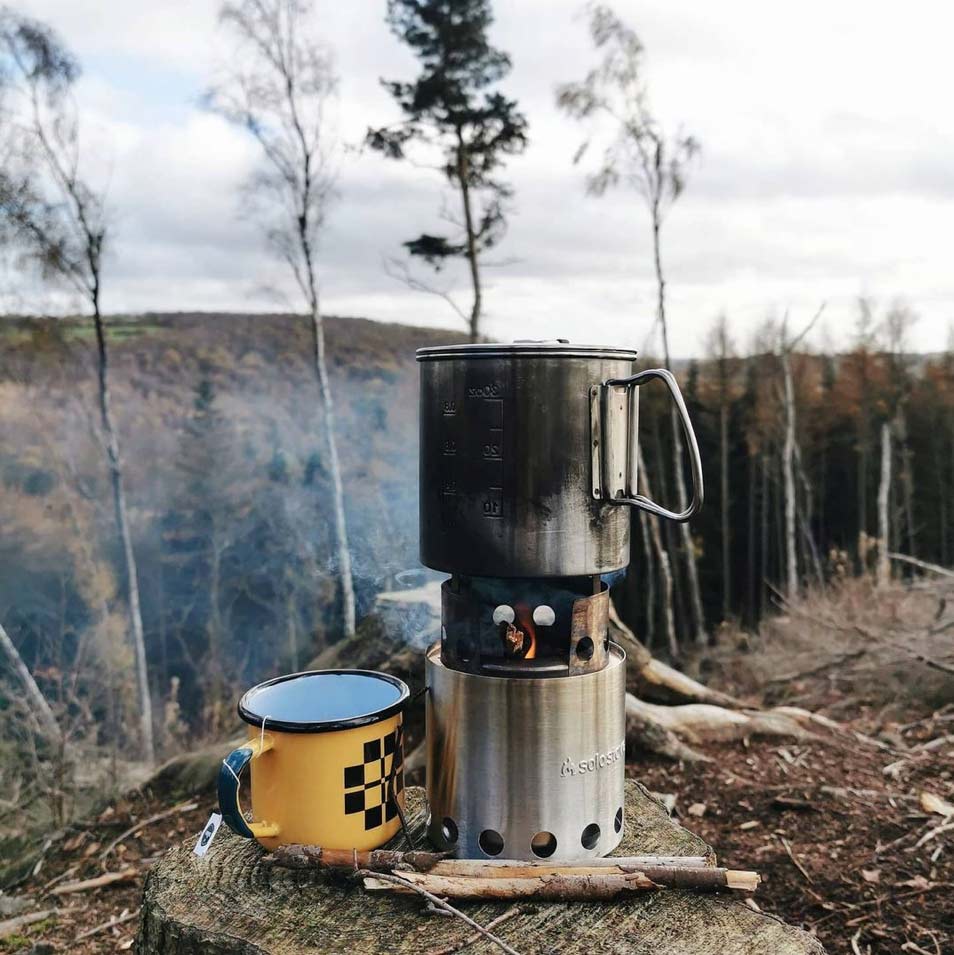
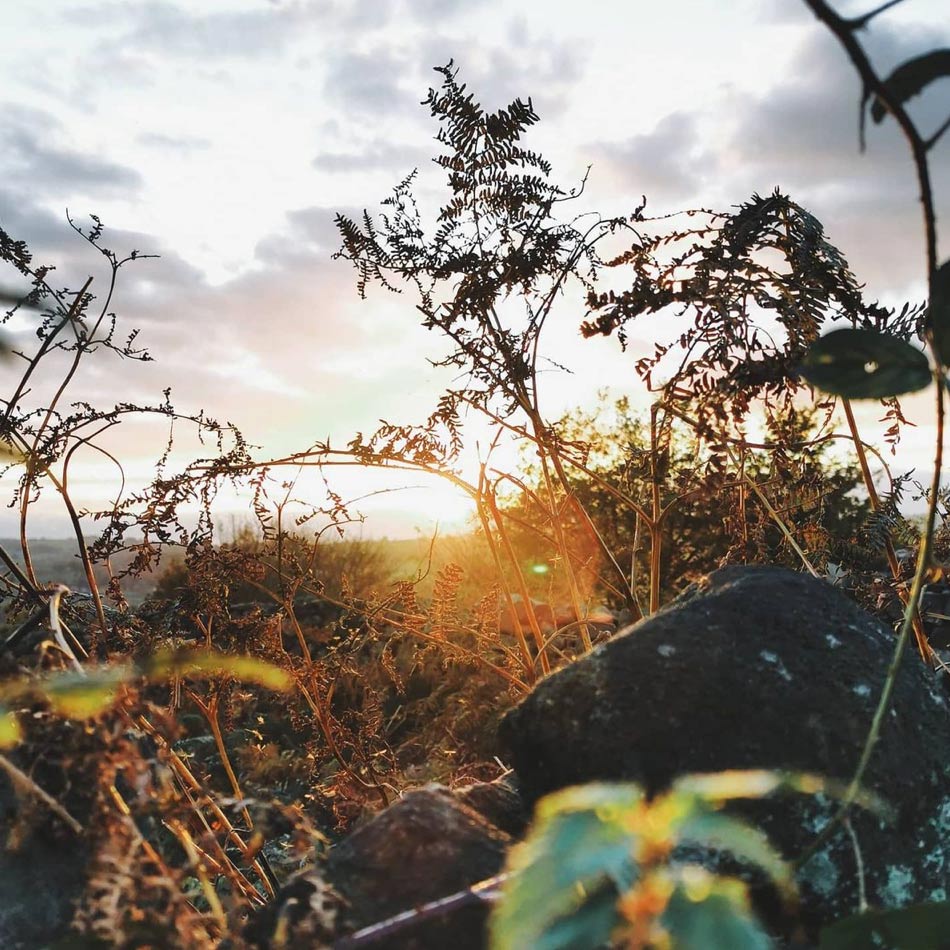
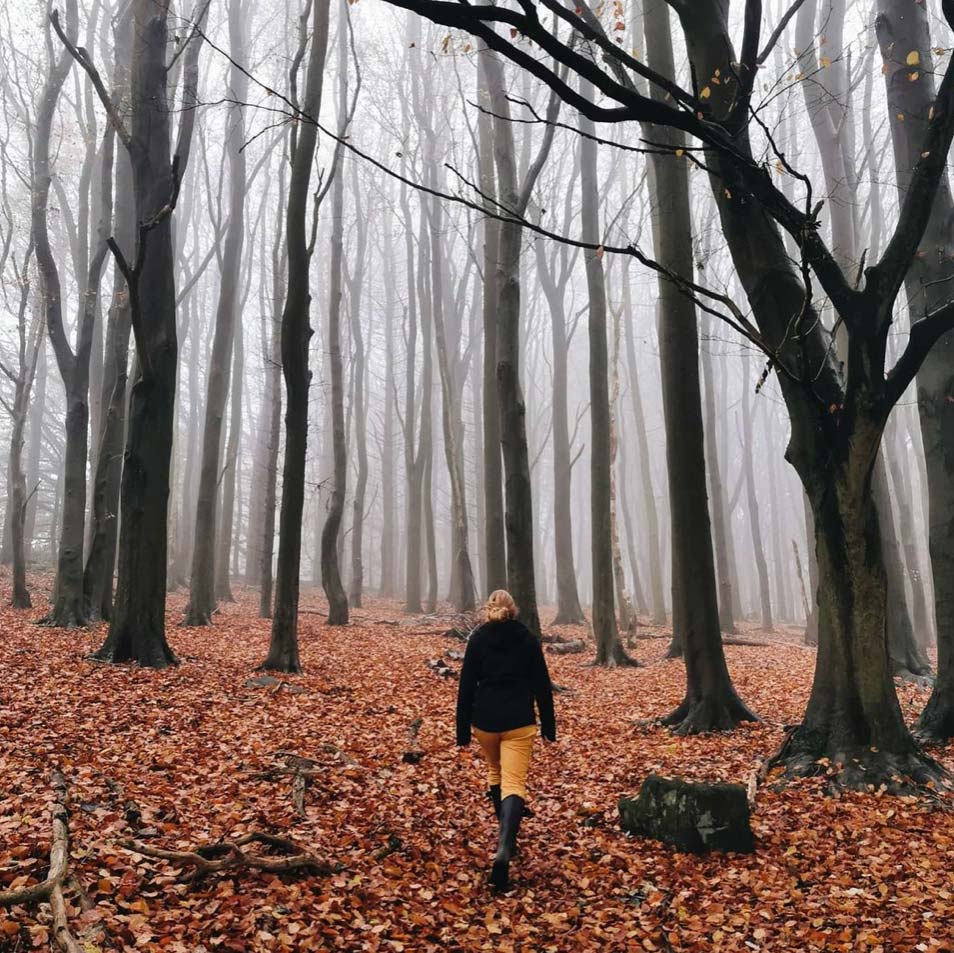
The natural world, the outdoors, and movement are fertile ground for metaphors for life and the things we face. How do you use these to aid in healing?
‘It’s all about becoming more fully human, and more fully human in context to the whole system of our lives. So, therapy outside, in movement, is an embodied experience that helps with healing – it’s a real and tangible thing to be moving whilst talking about wanting change, for example – but it’s also metaphorical as you say. It gives us a framework and language for talking about what it is to live in this world, and this time, with these problems and issues.
There’s no set way that I will use these things – my job is to be attuned to whatever is emerging in the individual experience and to question, understand, and encourage what’s needed in that therapeutic space. Sometimes we will work with metaphor and ritual, other times we will explore the body’s instinct to run, or hide, or feel anxious. I’m a firm believer that I witness and sometimes facilitate healing, but that each person will find their own route to greater integration and healing if they have the space, time, courage and support from someone else who genuinely cares and is available. Time outside can be very healing in its own right, but we also need the time and care of our own species to walk alongside us in the things we can’t manage alone. This can be a powerful combination, and I enjoy the difference in every single therapeutic relationship. I am always wondering what will happen here? What will help? How will this person connect with the world within and beyond?’
Part of your work is about helping people ground themselves in the here and now. Why is this so important?
‘I suppose because it’s the only life we know we have. We can only be sure of what is happening now, and even that is open to debate. The past is subject to revision, the future is a wish. But here? Here is where we can feel what it is to be alive now. So, there is this.
But the result of this problem of not being in the present is how it plays out in the body – the anxiety of things past, the anxiety of things ahead. We are becoming increasingly anxious about unknown things, uncertain things and to learn how to sooth our bodies (and by extension then our minds) is how we make life more bearable. Being in an anxious mind and body is a terrible place to be, but there’s a lot that can be done if we pay attention to the experience of ourselves and our bodies in the present and learn what it is regulate and care-take. For me, everything starts from ‘OK, now. What is happening now and where do we go from here?’
What was it that drew you to this work? What do you enjoy about it?
‘I’ve always felt a deep longing for the world. A longing to be part of it. To speak with it. To help with the broken bits. To offer something. Human and non-human. When I was younger I had a lot of ideals about how that should look. Now, I’m a lot more grounded. And more reflective. A lot more open to nuance and paradox. I’m in less of a rush. It’s a great privilege to walk alongside people in their own journey of understanding and greater mind-body integration. It’s precious for people to trust you as they work through things. To do that whilst walking in the hills is my dream work. I love all of it and it keeps me so excited every day. But I wasn’t ready to begin this type of work until my mid-thirties. I could dabble, and experiment, but I had to do some work myself first, and be willing to keep doing the work. It drew me in when it was time.
Apart from that, I just love, love, love working for myself. How did I ever not? I’m a terrible employee, and I can see that now. I love setting my own agenda, decided how I will work, and how I won’t. I love prioritising my rest and time outside when the workplace would ask me to tie myself in knots for productivity. To have a chance to work wholeheartedly and live my values feels like a gift I have given myself after years of chasing other things, and I place a lot of value on walking the talk.’
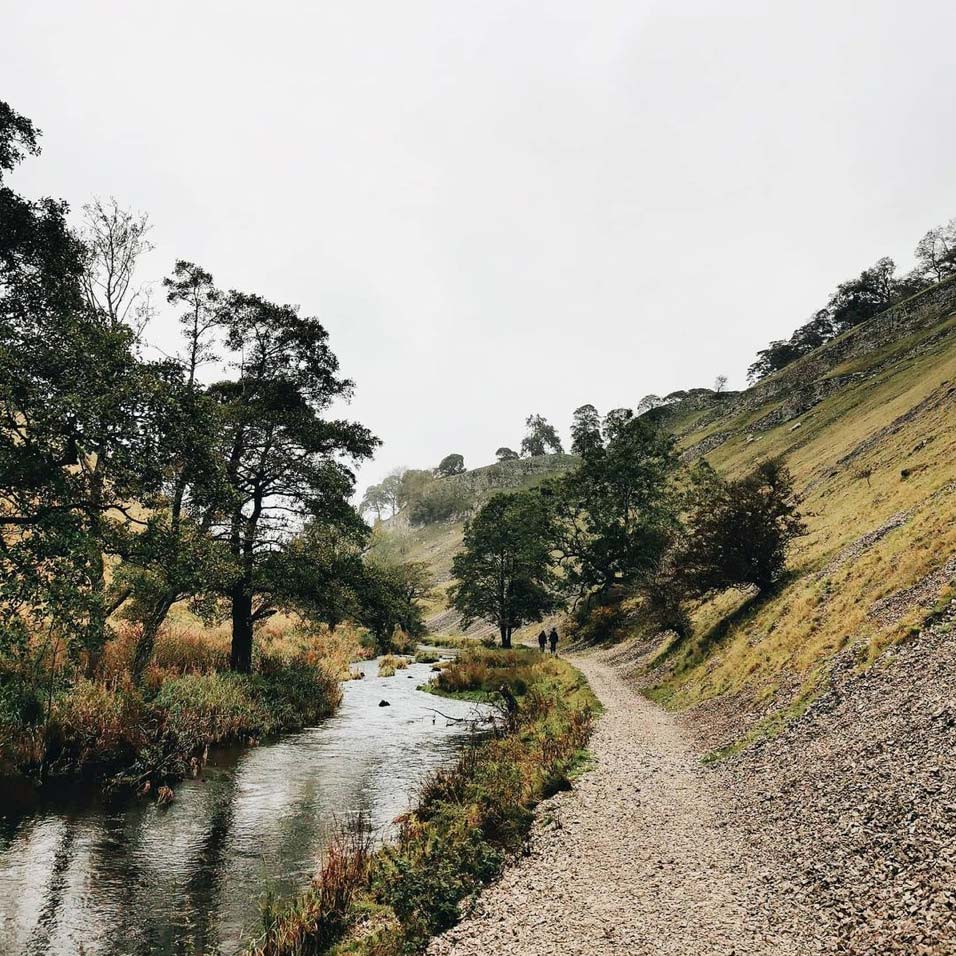
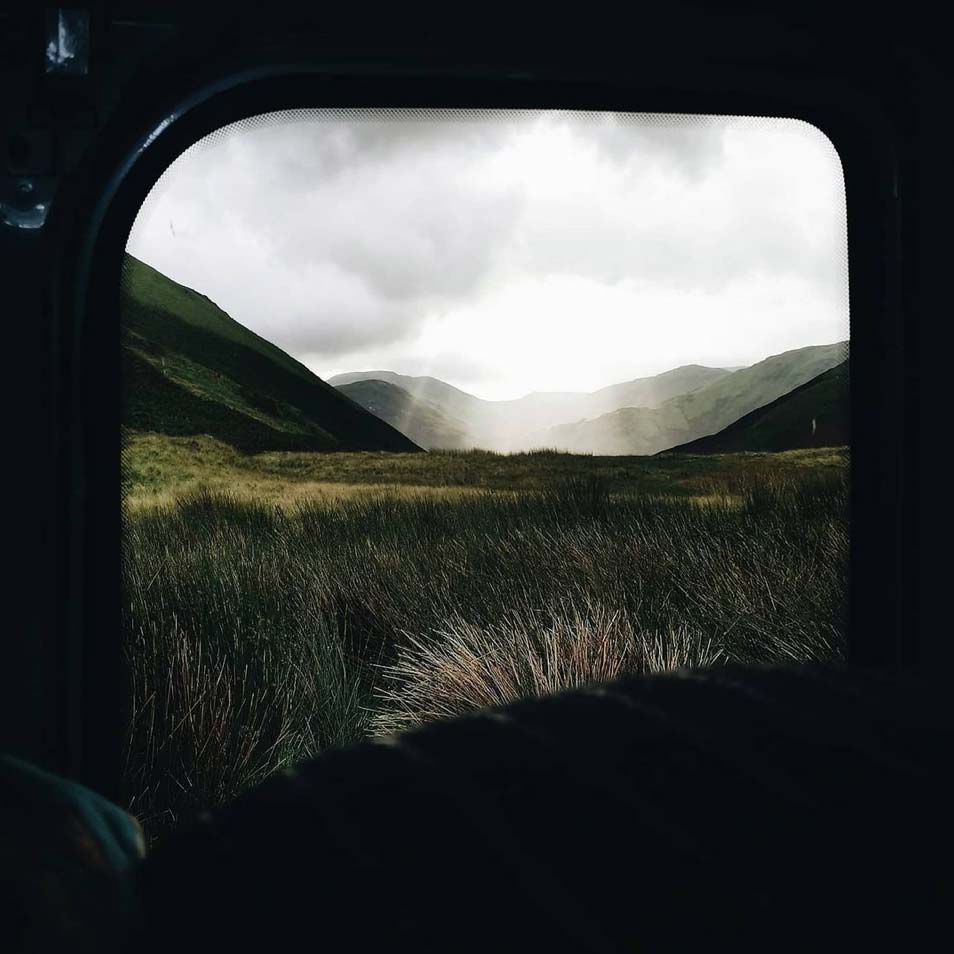
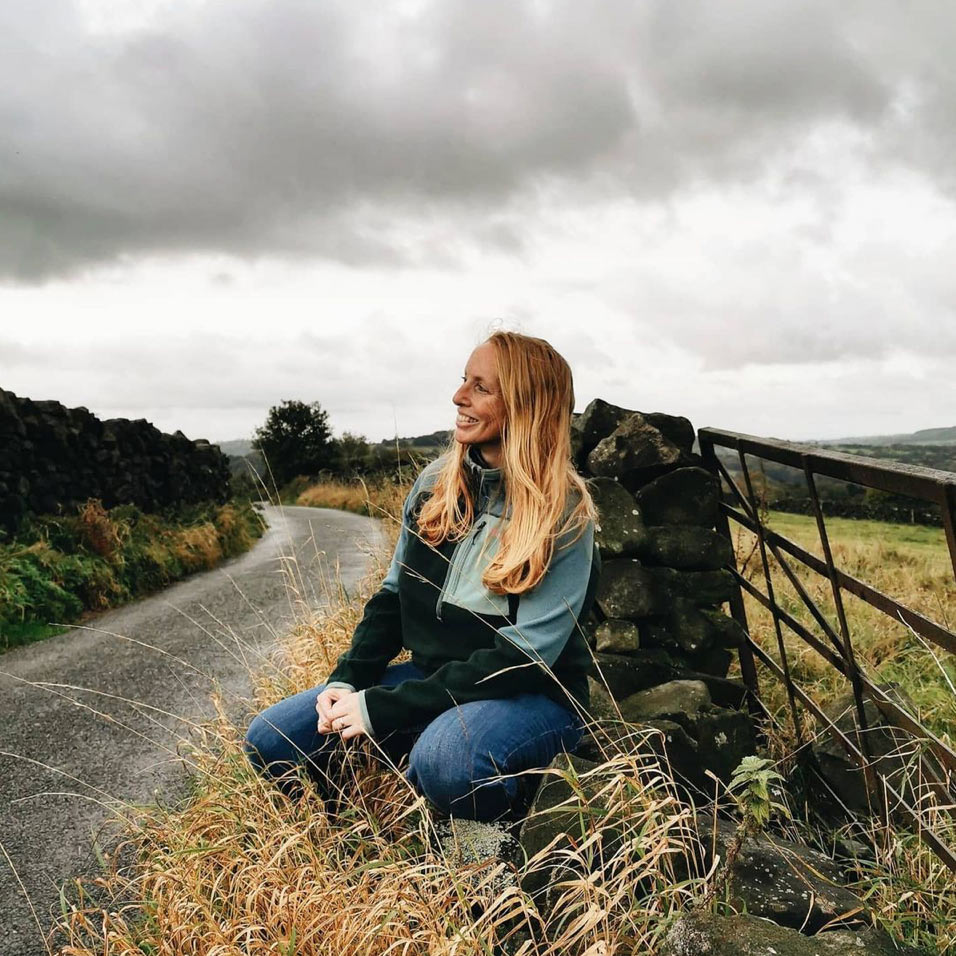
How can we connect more with the outdoors?
‘I think it starts with intention. It is not something only to be done. It is something to feel. It is something that we encounter within when we are open and quiet and willing. Many people get a great deal from going outdoors, but is it possible to be going out ‘mindlessly’? Of course it is. Why else would people litter? Why else would nature be spoken about as if it were a playground for our utility? We all know what it’s like to be outside but not noticing anything because we are so preoccupied with the inner chatter, or setting our best run time. Connection will mean different things to different people, and controversies abound, but I think it starts in an attitude that is willing to be in reciprocal relationship with the world. After that, it is going outside. Although perhaps we have to get people out and having quiet, contemplative, powerful experiences for that to even be possible. In any case, these things might need to happen. Beyond that, we can invest more of our time connecting, engaging, relating. More time noticing the world, its sounds, its smell, its touch. Outside is a whole world full of its own vitality and sensuousness, and that lives in us too. We need to connect the dots for the good things to happen. It can start right now if you open the window. And then tomorrow. And then the next day. There is no one way, but a constant showing up for the relationship.’
And finally what does slow living mean to you?
‘Slow living to me means having enough time to make intentional choices, to make different choices, to notice how life in the present feels in my body. It is a way of living that is respectful to myself but to the world around me. One that isn’t always consuming. It is a daily, conscious choice to step out of something that keeps all of us busy, exhausted and anxious. It means doing things my way, on my agenda, but oriented to active compassion. It is having time to be alone and commune with the rest of nature in a way that enlivens and enriches me.’
SLOW FIRE QUESTIONS
Favourite place to read a book? The corner of my L-shaped sofa, under a blanket, or in my van when it’s dark and raining after a day in the hills.
Favourite coffee or tea shop? Wherever is available when I am cold and shivery after a long walk.
Favourite place in nature? I have sat here for ages thinking through my top ten! This is too hard. I can’t say one. I attach to places and landscapes and pockets of nature very easily. In this moment that you ask, I would say the Cairngorm mountains, Arctic Finland and Home. If I leave my local nature off the list in an attempt to think of something more ‘glamorous’, when it has been such a friend these last 10 months then I feel like I have betrayed my whole world.
Favourite independent shop or maker? Oh, so many! But my most recent homeware purchase was from Cath Pots – I have two jars that sit on my desk and I adore them. I have also just bought a Kantha jacket from Naked Generation. I don’t buy things very often, but when I do it’s because I have fallen in love and nothing will keep me from them.
Favourite slow living ritual? It used to be my morning cup of tea in silence. But these days I have got bolder. Now it is choosing my hours of work and holding space for the time before and after for the things that enrich the quality of it. It is also Fridays when I don’t do any client-facing work, but often walk alone in the hills. This feels like a ritual because often I will fill my own time despite my good intentions, so when I come back to my own principles and say ‘I will not do this’, then it feels like returning to a discipline or a ritual.
RUTH’S SLOW LIVING TIP
Go out and notice
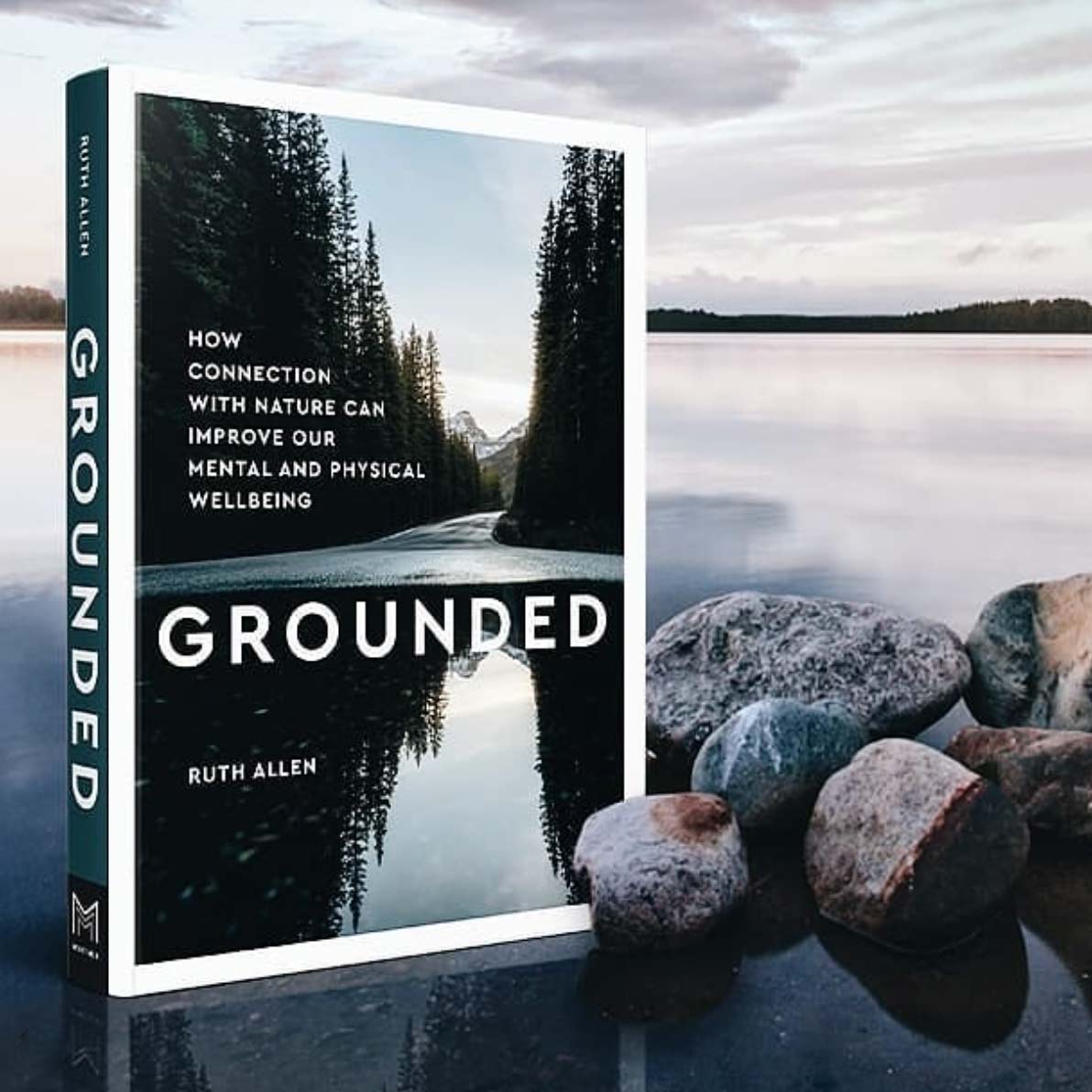
‘Notice beautiful things. Notice smells. Notice sounds. Notice how you think outside. Notice how you feel. Notice the changes. Notice the inclinations. Notice the things you are drawn to. Notice the things you forget. Notice the ground under your feet. Notice your skin. Notice the things you would say out loud if you weren’t embarrassed. Notice the private words that don’t get spoken out loud. Notice what you would do if no one were looking. Notice the wild parts of you twitching.’
Ruth’s book Grounded explores the concept of rewilding as an intentional way of living in the modern age that is both disconnected from nature and hyperconnected to technology. Reflecting on nature’s unknowable an mysterious qualities, Grounded explores how we can therapeutically benefit from a deeper connection with nature, finding within it balance, stillness, solitude, resilience, contentment, activity, fearlessness – and our own wild voice. In addition to practical exercises and mindful activities, there are personal stories and thought-provoking questions that will help us understand what it means to be alive in the natural world, and in the moment.
